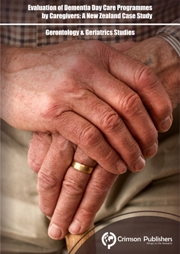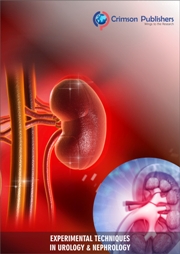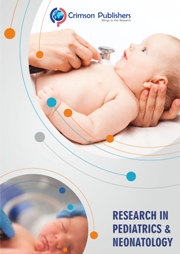- Submissions
Main Causes of Violent Deaths in Children in Brazil: A Descriptive Study of 277 Cases
Author by: Ivan Dieb Miziara*
Article Type: Research Article
Published: February, 2022
DOI: 10.31031/RPN.2022.06.000636
Journal Name: Research in Pediatrics & Neonatology
Abstract: Background: Mortality due to external causes in children under 12 years of age is an important topic that has been little studied in Brazil. Children are often exposed to the risk of accidents. In addition, due to his immaturity, curiosity, and intense growth and development, the child is often prone to accidents and defenseless and vulnerable to violence. This study aims to research and individualize the violent causes of death of children under 12 years of age in the State of São Paulo in 2016. And to specify which type of violence, which type of external cause, in this age group. Methods: A retrospective study (descriptive cross-sectional document) was developed through reports of autopsy exams performed at the Legal Medical Institutes (IML) of the State of São Paulo in 2016. The Institute only allows access to the data five (5) years after the facts occurred. Results: Two hundred seventy-seven (277) cases of children aged 0 to 12 years with violent deaths in the State of São Paulo were analyzed. Through the binomial test with p <0.001, boys (62%) had more violent deaths than girls (38%). The most frequent causes of death in our series were Mechanical Asphyxia (48.4%), followed by Head Trauma (27.1%). Violent deaths occured more frequently in male children, with 1-year-old children being the most affected. Unlike the Health Information System for Notifiable Diseases (SINAN) of the Ministry of Health, the highest number of notifications of Cases of Domestic, Sexual, and other forms of violence in 2016 occurred in females. The female sex stood out more at the ages of 0 and 6 years old, while the male one stood out at the ages of 4 and 9 years old. Conclusion: The findings of our study are relevant, as they demonstrate that the violent deaths of children under 12 years of age are primarily accidental (choking, being run over, drowning) and can be prevented, provided that public policies for prevention and education are indeed implemented.
 a Creative Commons Attribution 4.0 International License. Based on a work at www.crimsonpublishers.com.
Best viewed in
a Creative Commons Attribution 4.0 International License. Based on a work at www.crimsonpublishers.com.
Best viewed in 



















.jpg)



.jpg)




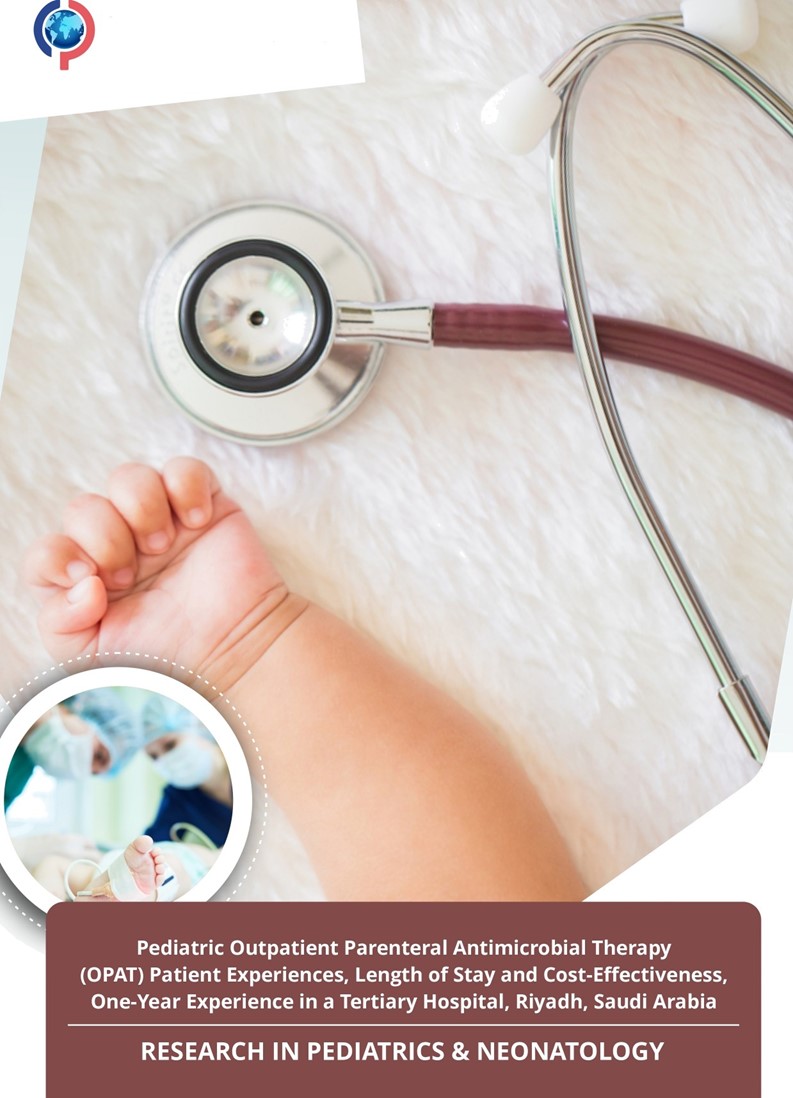


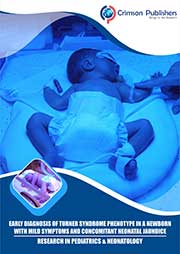
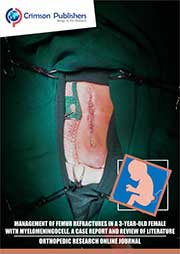
.jpg)


.jpg)
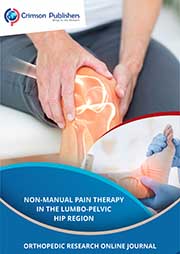



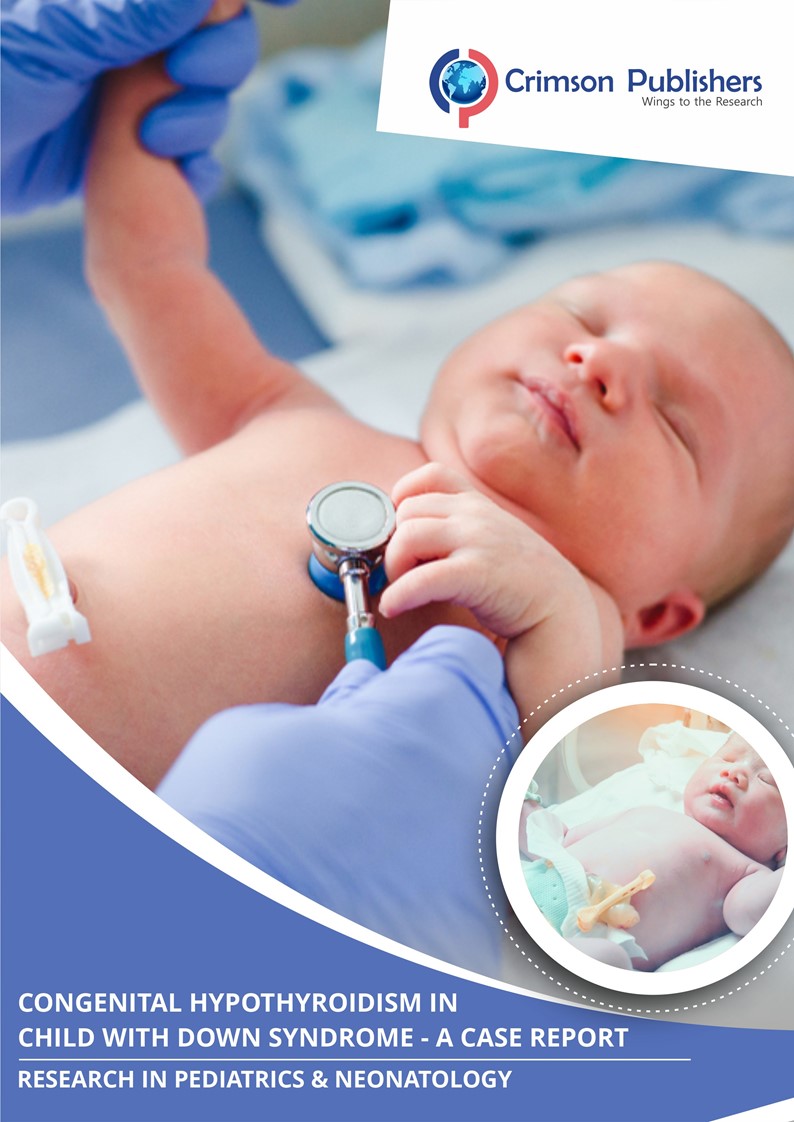
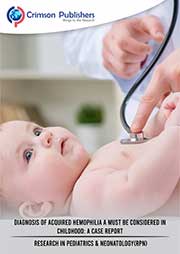








.jpg)




